filter
-
Brand
- By Category
- Direction
- Date Range
149Events
Pictures
Events
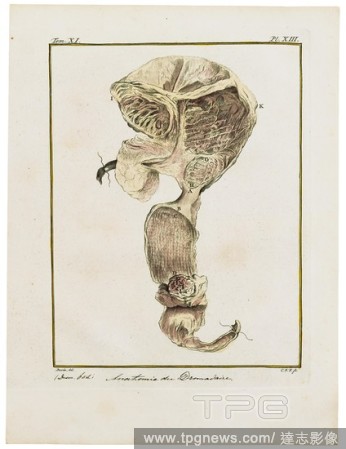
Editorial Camelus dromedarius, Print, The dromedary, also called the Arabian camel (Camelus dromedarius), is a large, even-toed ungulate with one hump on its back. The dromedary is the tallest of the three species of camel; adult males stand 1.8?2 m (5.9?6.6 ft)...
- 2020-01-15
- 1
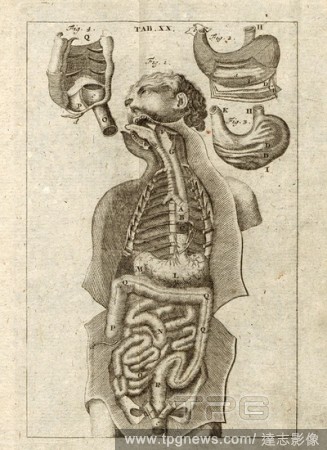
Editorial From the pharynx, stomach and intestines, The digestive organs, Plate 20, p. 250, Kulmus, Johann Adam, Johann Adam Kulmus: Anatomische Tabellen: nebst darzu geh?rigen Anmerkungen [...]. Siebente verbesserte Ausgabe. Augsburg: verlegts Elias Tobias Lott...
- 2020-01-15
- 1
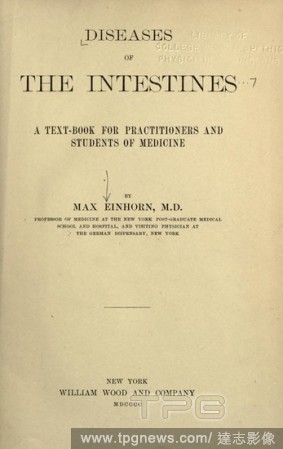
Editorial Diseases of the intestines; a textbook for practitioners and students of medicine : Einhorn, Max, 1862-1953.
- 2020-01-15
- 1

Editorial Figure of Qebehsenuef.
- 2019-11-18
- 1
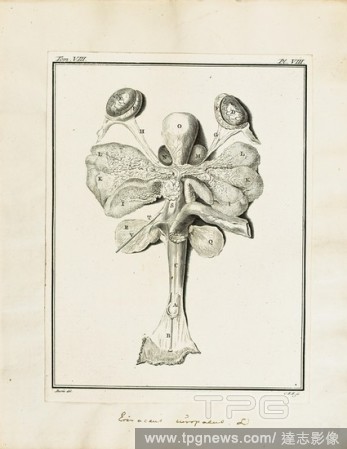
Editorial Erinaceus europaeus, Print, The European hedgehog (Erinaceus europaeus), also known as the West European hedgehog or common hedgehog, is a hedgehog species found in Europe, from Iberia and Italy northwards into Scandinavia. It is a generally common and...
- 2019-11-18
- 1
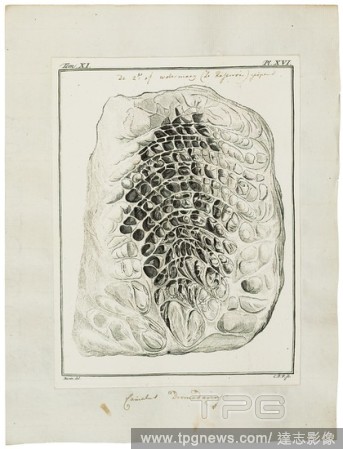
Editorial Camelus dromedarius, Print, The dromedary, also called the Arabian camel (Camelus dromedarius), is a large, even-toed ungulate with one hump on its back. The dromedary is the tallest of the three species of camel; adult males stand 1.8?2 m (5.9?6.6 ft)...
- 2019-11-18
- 1
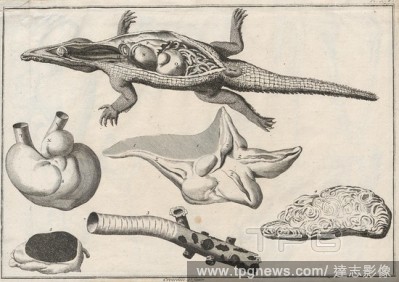
Editorial Crocodilus spec., Print, Crocodylus, Crocodylus is one of three genera from the subfamily Crocodylinae of the family Crocodylidae., intestines.
- 2019-11-18
- 1
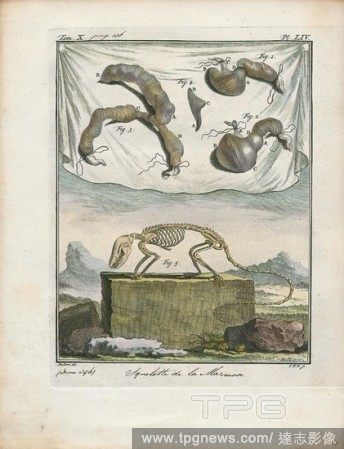
Editorial Didelphis murina, Print, Didelphis is a genus of New World mammals. The six species in the genus Didelphis, commonly known as large American opossums, are members of the order Didelphimorphia. The genus is composed of cat-sized omnivorous species, whic...
- 2019-11-18
- 1

Editorial Bradypus spec., Print, Three toed Sloth unknown, intestines.
- 2019-11-18
- 1
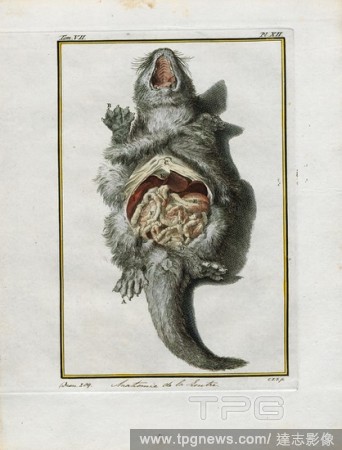
Editorial Lutra vulgaris, Print, Lutra is a genus of otters, one of seven in the subfamily Lutrinae., intestines.
- 2019-11-18
- 1
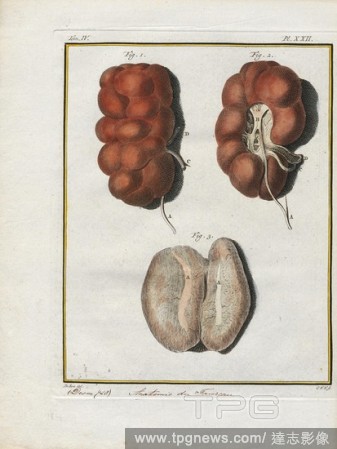
Editorial Bos spec., Print, Bovid (Bos) unknown, intestines.
- 2019-11-18
- 2
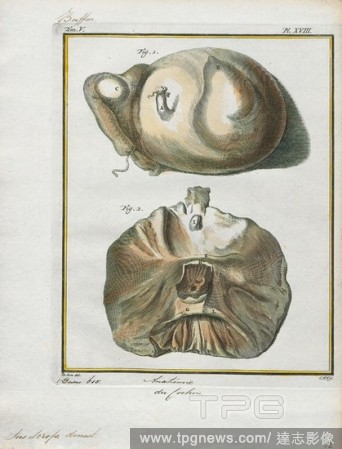
Editorial Sus scrofa domestica, Print, The domestic pig (Sus scrofa domesticus or only Sus domesticus), often called swine, hog, or simply pig when there is no need to distinguish it from other pigs, is a domesticated large, even-toed ungulate. It is variously c...
- 2019-11-18
- 1
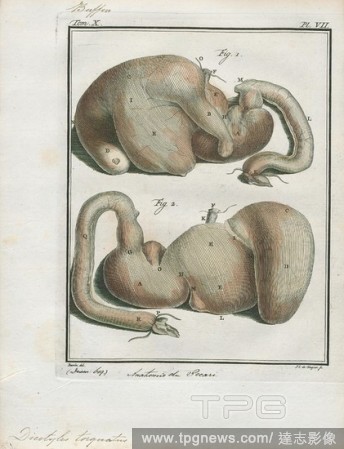
Editorial Dicotyles torquatus, Print, Peccary, collared peccary, or tajacu ( Dicotyles torquatus), is about the size and shape of a small hog, and has a white ring aroung the neck. It ranges from Arkansas to Brazil., intestines.
- 2019-11-18
- 2
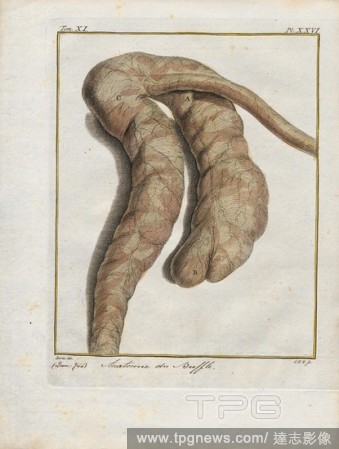
Editorial Bubalus spec., Print, Bovid (Bubalus) unknown, intestines.
- 2019-11-18
- 1

Editorial Homo sapiens, Print, Homo sapiens is the only extant human species. The name is Latin for "wise man" and was introduced in 1758 by Carl Linnaeus (who is himself the lectotype for the species)., intestines.
- 2019-11-18
- 2
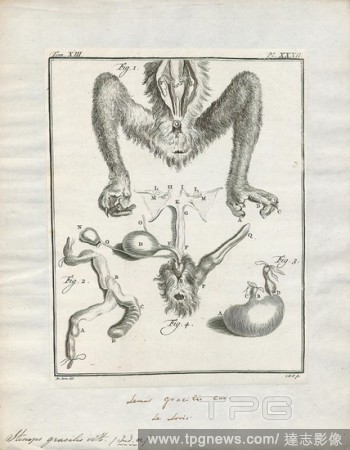
Editorial Stenops gracilis, Print, Stenops is a genus of African flowering plants in the daisy family., intestines.
- 2019-11-18
- 2
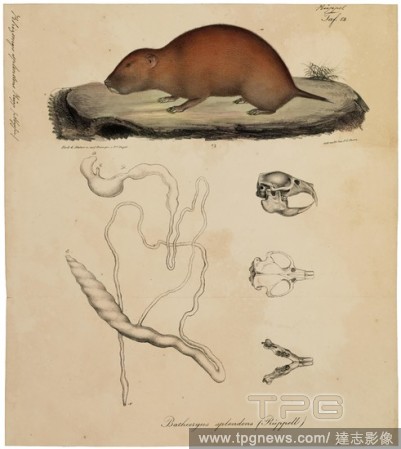
Editorial Rhizomys splendens, Print, Rhizomys is a genus of rodents in the family Spalacidae. They are all stocky burrowers with short, naked tails., with skull and intestines.
- 2019-11-18
- 2
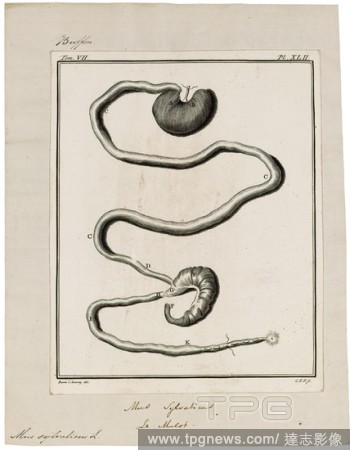
Editorial Mus sylvaticus, Print, intestines.
- 2019-11-18
- 1

Editorial Camelus dromedarius, Print, The dromedary, also called the Arabian camel (Camelus dromedarius), is a large, even-toed ungulate with one hump on its back. The dromedary is the tallest of the three species of camel; adult males stand 1.8?2 m (5.9?6.6 ft)...
- 2019-11-18
- 1
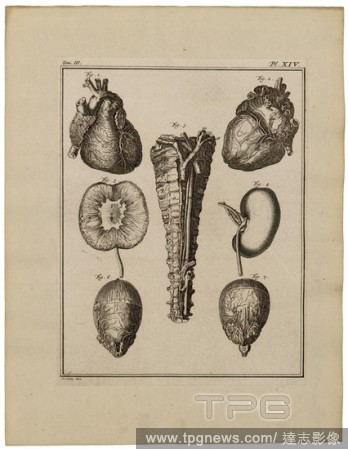
Editorial Homo sapiens, Print, Homo sapiens is the only extant human species. The name is Latin for "wise man" and was introduced in 1758 by Carl Linnaeus (who is himself the lectotype for the species)., intestines.
- 2019-11-18
- 1

Editorial Arvicola amphibius, Print, The European water vole or northern water vole (Arvicola amphibius, included in synonymy: A. terrestris), is a semi-aquatic rodent. It is often informally called the water rat, though it only superficially resembles a true ra...
- 2019-11-18
- 2
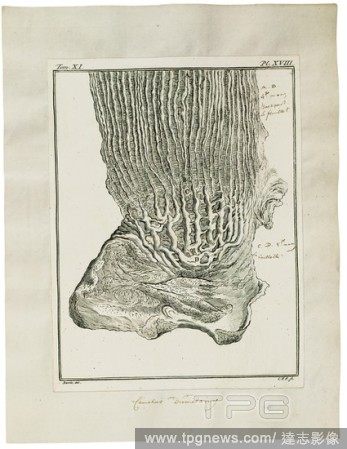
Editorial Camelus dromedarius, Print, The dromedary, also called the Arabian camel (Camelus dromedarius), is a large, even-toed ungulate with one hump on its back. The dromedary is the tallest of the three species of camel; adult males stand 1.8?2 m (5.9?6.6 ft)...
- 2019-11-18
- 2
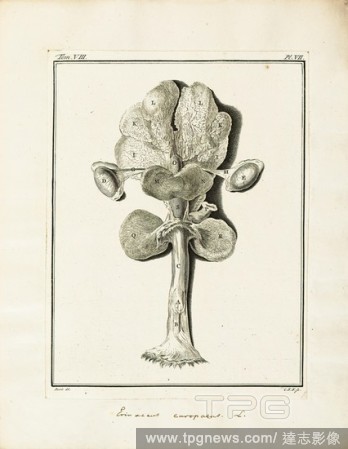
Editorial Erinaceus europaeus, Print, The European hedgehog (Erinaceus europaeus), also known as the West European hedgehog or common hedgehog, is a hedgehog species found in Europe, from Iberia and Italy northwards into Scandinavia. It is a generally common and...
- 2019-11-18
- 1
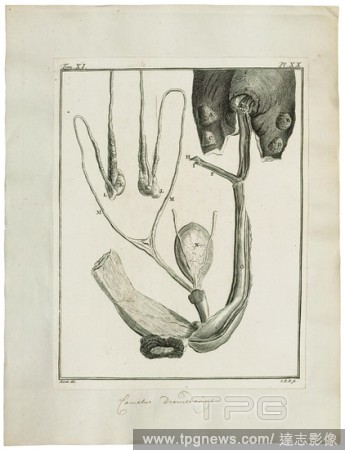
Editorial Camelus dromedarius, Print, The dromedary, also called the Arabian camel (Camelus dromedarius), is a large, even-toed ungulate with one hump on its back. The dromedary is the tallest of the three species of camel; adult males stand 1.8?2 m (5.9?6.6 ft)...
- 2019-11-18
- 1
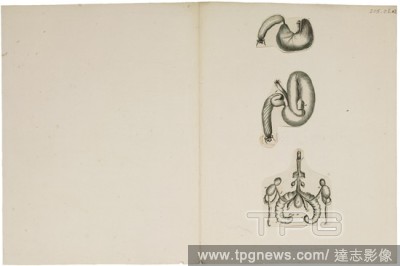
Editorial Merionides, Print, intestines.
- 2019-11-18
- 1

Editorial Lepus timidus, Print, The mountain hare (Lepus timidus), also known as blue hare, tundra hare, variable hare, white hare, snow hare, alpine hare, and Irish hare, is a Palearctic hare that is largely adapted to polar and mountainous habitats., intestines.
- 2019-11-18
- 1
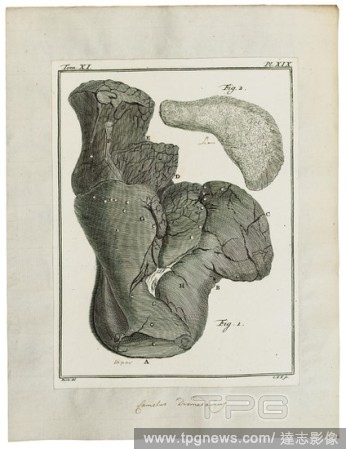
Editorial Camelus dromedarius, Print, The dromedary, also called the Arabian camel (Camelus dromedarius), is a large, even-toed ungulate with one hump on its back. The dromedary is the tallest of the three species of camel; adult males stand 1.8?2 m (5.9?6.6 ft)...
- 2019-11-18
- 1
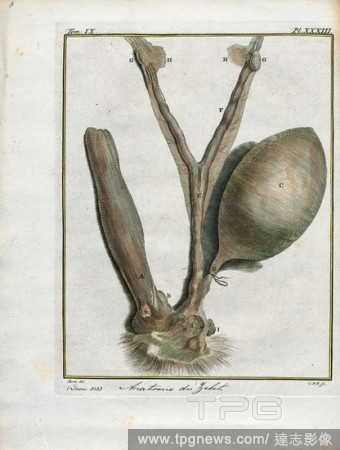
Editorial Viverra zibetha, Print, The large Indian civet (Viverra zibetha) is a civet native to South and Southeast Asia. It is listed as Least Concern on the IUCN Red List. The global population is considered decreasing mainly because of trapping-driven decline...
- 2019-11-18
- 1
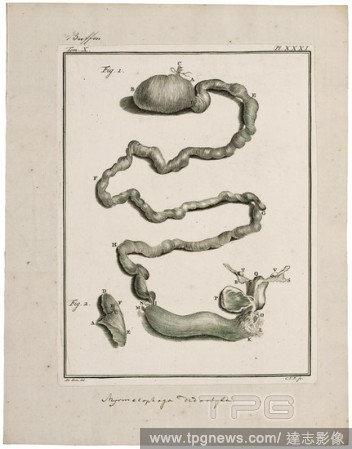
Editorial Myrmecophaga didactyla, Print, Giant anteater, The giant anteater (Myrmecophaga tridactyla), also known as the ant bear, is an insectivorous mammal native to Central and South America. It is one of four living species of anteaters, the only extant memb...
- 2019-11-18
- 1

Editorial Cervus elaphus, Print, The red deer (Cervus elaphus) is one of the largest deer species. The red deer inhabits most of Europe, the Caucasus Mountains region, Asia Minor, Iran, parts of western Asia, and central Asia. It also inhabits the Atlas Mountain...
- 2019-11-18
- 1
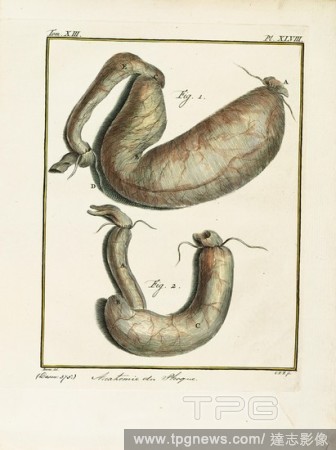
Editorial Phoca vitulina, Print, The harbor (or harbour) seal (Phoca vitulina), also known as the common seal, is a true seal found along temperate and Arctic marine coastlines of the Northern Hemisphere. The most widely distributed species of pinniped (walruses...
- 2019-11-18
- 1
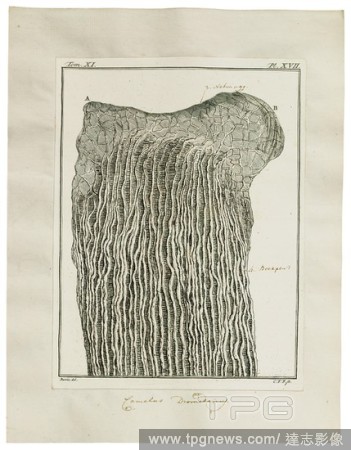
Editorial Camelus dromedarius, Print, The dromedary, also called the Arabian camel (Camelus dromedarius), is a large, even-toed ungulate with one hump on its back. The dromedary is the tallest of the three species of camel; adult males stand 1.8?2 m (5.9?6.6 ft)...
- 2019-11-18
- 1
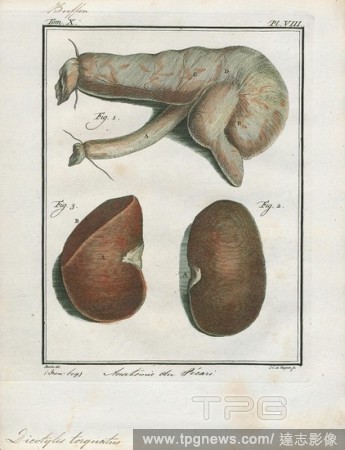
Editorial Dicotyles torquatus, Print, Peccary, collared peccary, or tajacu ( Dicotyles torquatus), is about the size and shape of a small hog, and has a white ring aroung the neck. It ranges from Arkansas to Brazil., intestines.
- 2019-11-18
- 1
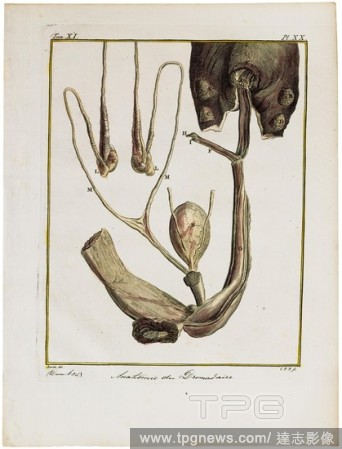
Editorial Camelus dromedarius, Print, The dromedary, also called the Arabian camel (Camelus dromedarius), is a large, even-toed ungulate with one hump on its back. The dromedary is the tallest of the three species of camel; adult males stand 1.8?2 m (5.9?6.6 ft)...
- 2019-11-18
- 1
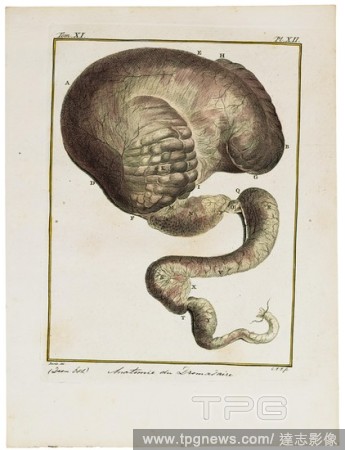
Editorial Camelus dromedarius, Print, The dromedary, also called the Arabian camel (Camelus dromedarius), is a large, even-toed ungulate with one hump on its back. The dromedary is the tallest of the three species of camel; adult males stand 1.8?2 m (5.9?6.6 ft)...
- 2019-11-18
- 2
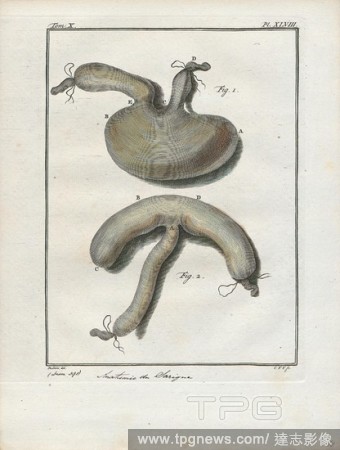
Editorial Didelphis opossum, Print, Didelphis is a genus of New World mammals. The six species in the genus Didelphis, commonly known as large American opossums, are members of the order Didelphimorphia. The genus is composed of cat-sized omnivorous species, whi...
- 2019-11-18
- 1
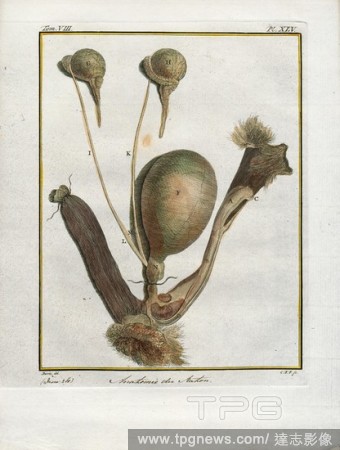
Editorial Procyon lotor, Print, The raccoon, sometimes spelled racoon, also known as the common raccoon, North American raccoon, northern raccoon, or coon, is a medium-sized mammal native to North America. The raccoon is the largest of the procyonid family, havi...
- 2019-11-18
- 1
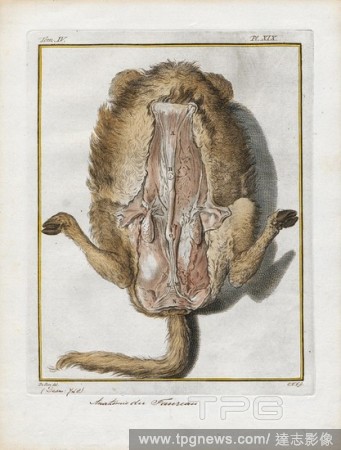
Editorial Bos spec., Print, Bovid (Bos) unknown, intestines.
- 2019-11-18
- 1
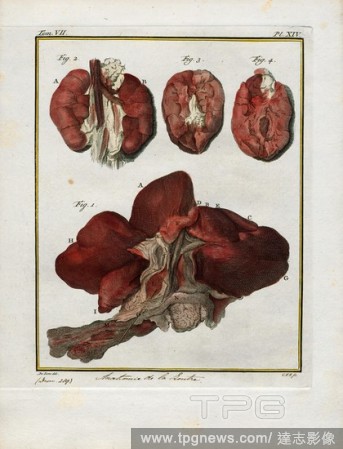
Editorial Lutra vulgaris, Print, Lutra is a genus of otters, one of seven in the subfamily Lutrinae., intestines.
- 2019-11-18
- 1
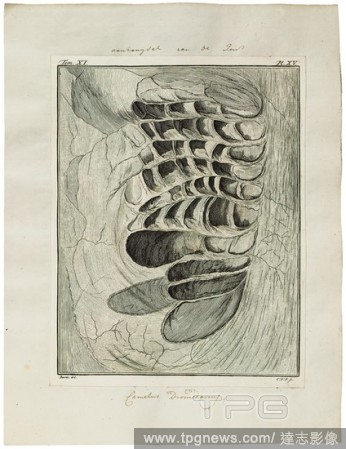
Editorial Camelus dromedarius, Print, The dromedary, also called the Arabian camel (Camelus dromedarius), is a large, even-toed ungulate with one hump on its back. The dromedary is the tallest of the three species of camel; adult males stand 1.8?2 m (5.9?6.6 ft)...
- 2019-11-18
- 1
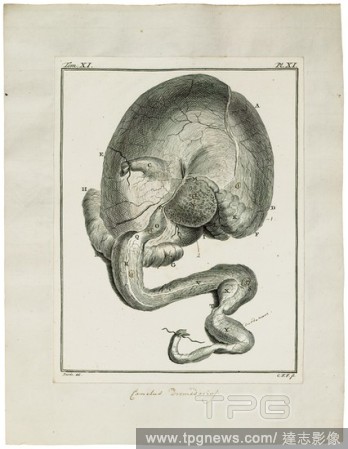
Editorial Camelus dromedarius, Print, The dromedary, also called the Arabian camel (Camelus dromedarius), is a large, even-toed ungulate with one hump on its back. The dromedary is the tallest of the three species of camel; adult males stand 1.8?2 m (5.9?6.6 ft)...
- 2019-11-18
- 1
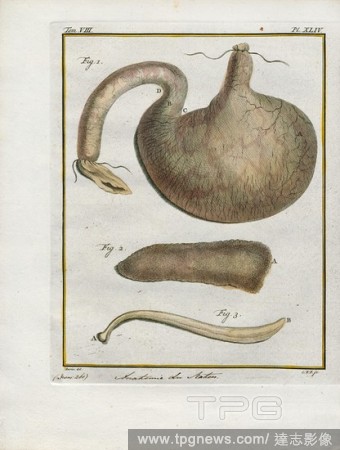
Editorial Procyon lotor, Print, The raccoon, sometimes spelled racoon, also known as the common raccoon, North American raccoon, northern raccoon, or coon, is a medium-sized mammal native to North America. The raccoon is the largest of the procyonid family, havi...
- 2019-11-18
- 1
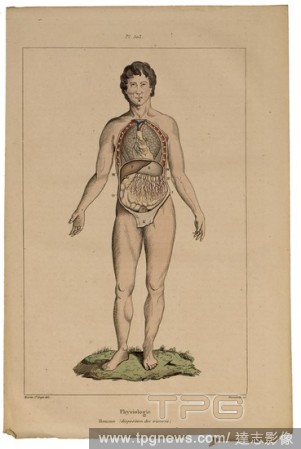
Editorial Homo sapiens, Print, Homo sapiens is the only extant human species. The name is Latin for "wise man" and was introduced in 1758 by Carl Linnaeus (who is himself the lectotype for the species)., intestines.
- 2019-11-18
- 1

Editorial Lemur catta, Print, The ring-tailed lemur (Lemur catta) is a large strepsirrhine primate and the most recognized lemur due to its long, black and white ringed tail. It belongs to Lemuridae, one of five lemur families, and is the only member of the Lemu...
- 2019-11-18
- 1

Editorial Bos spec., Print, Bovid (Bos) unknown, intestines.
- 2019-11-18
- 1
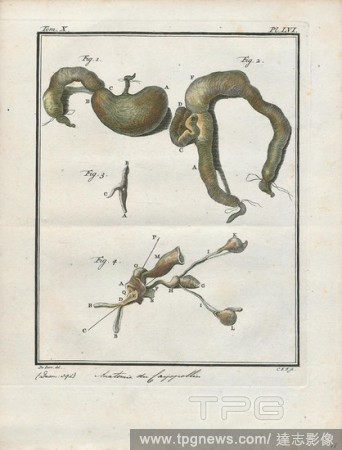
Editorial Didelphis philander, Print, Didelphis is a genus of New World mammals. The six species in the genus Didelphis, commonly known as large American opossums, are members of the order Didelphimorphia. The genus is composed of cat-sized omnivorous species, w...
- 2019-11-18
- 1
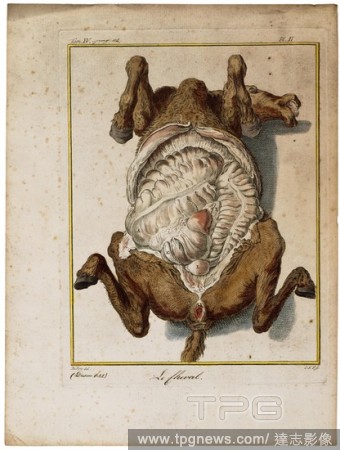
Editorial Equus caballus, Print, The horse (Equus ferus caballus) is one of two extant subspecies of Equus ferus. It is an odd-toed ungulate mammal belonging to the taxonomic family Equidae. The horse has evolved over the past 45 to 55 million years from a small...
- 2019-11-18
- 1
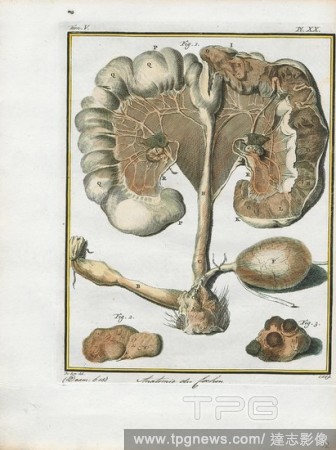
Editorial Sus scrofa domestica, Print, The domestic pig (Sus scrofa domesticus or only Sus domesticus), often called swine, hog, or simply pig when there is no need to distinguish it from other pigs, is a domesticated large, even-toed ungulate. It is variously c...
- 2019-11-18
- 1
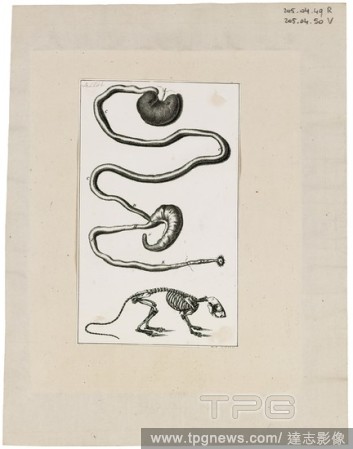
Editorial Mus sylvaticus, Print, intestines and skeleton.
- 2019-11-18
- 1
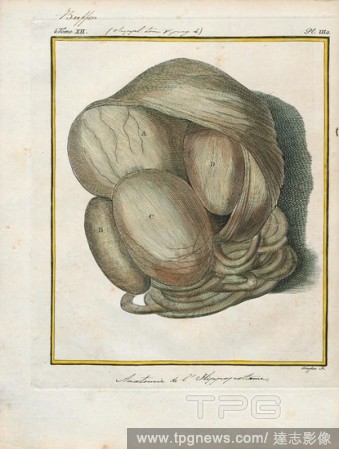
Editorial Hippopotamus amphibius, Print, The common hippopotamus, or hippo, is a large, mostly herbivorous, semiaquatic mammal and ungulate native to sub-Saharan Africa. It is one of only two extant species in the family Hippopotamidae, the other being the pygmy...
- 2019-11-18
- 1
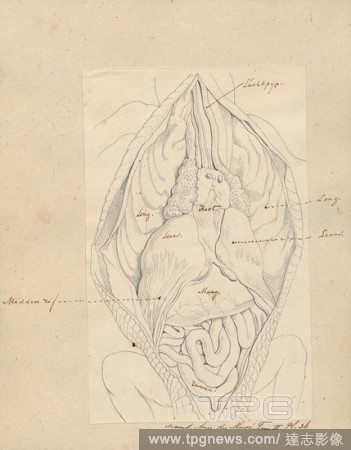
Editorial Crocodilus spec., Print, Crocodylus, Crocodylus is one of three genera from the subfamily Crocodylinae of the family Crocodylidae., intestines.
- 2019-11-18
- 1

Editorial Procyon lotor, Print, The raccoon, sometimes spelled racoon, also known as the common raccoon, North American raccoon, northern raccoon, or coon, is a medium-sized mammal native to North America. The raccoon is the largest of the procyonid family, havi...
- 2019-11-18
- 1

Editorial Myoxus glis, Print, The edible dormouse or fat dormouse (Glis glis) is a large dormouse and the only living species in the genus Glis, found in most of western Europe. Its name comes from the Romans, who ate them as a delicacy., with intestines.
- 2019-11-18
- 1
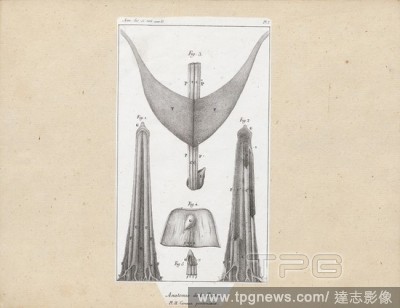
Editorial Testudinidae spec., Print, Tortoises are reptile species of the family Testudinidae of the order Testudines (the turtles). They are particularly distinguished from turtles by being land-dwelling, while many (though not all) turtle species are at least ...
- 2019-11-18
- 1
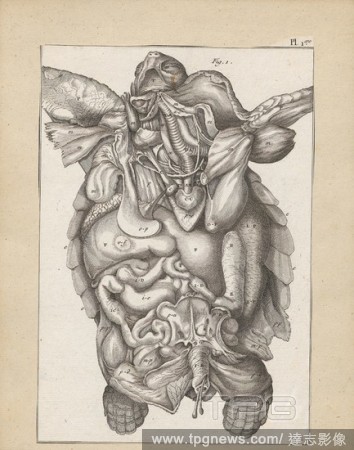
Editorial Testudinidae spec., Print, Tortoises are reptile species of the family Testudinidae of the order Testudines (the turtles). They are particularly distinguished from turtles by being land-dwelling, while many (though not all) turtle species are at least ...
- 2019-11-18
- 1

Editorial Bos spec., Print, Bovid (Bos) unknown, intestines.
- 2019-11-18
- 1
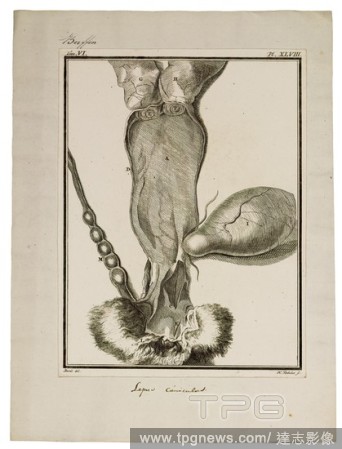
Editorial Lepus cuniculus, Print, Hare, Hares and jackrabbits are leporids belonging to the genus Lepus. Hares are classified in the same family as rabbits. They are similar in size and form to rabbits and have similar herbivorous diets, but generally have longe...
- 2019-11-18
- 1

Editorial Murida, Print, intestines.
- 2019-11-18
- 2
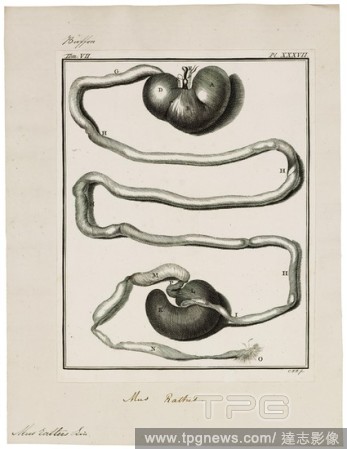
Editorial Mus rattus, Print, intestines.
- 2019-11-18
- 1
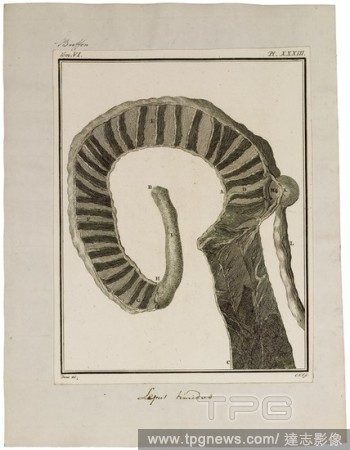
Editorial Lepus timidus, Print, The mountain hare (Lepus timidus), also known as blue hare, tundra hare, variable hare, white hare, snow hare, alpine hare, and Irish hare, is a Palearctic hare that is largely adapted to polar and mountainous habitats., intestines.
- 2019-11-18
- 1
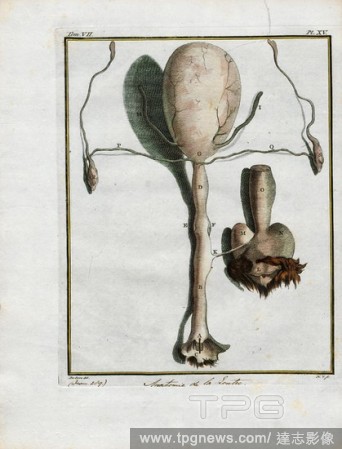
Editorial Lutra vulgaris, Print, Lutra is a genus of otters, one of seven in the subfamily Lutrinae., intestines.
- 2019-11-18
- 1
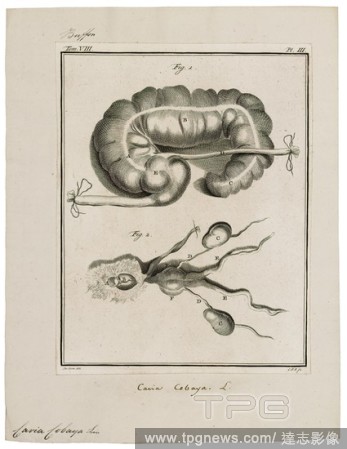
Editorial Cavia cobaya, Print, The guinea pig or domestic guinea pig (Cavia porcellus), also known as cavy or domestic cavy, is a species of rodent belonging to the family Caviidae and the genus Cavia. Despite their common name, guinea pigs are not native to Gui...
- 2019-11-18
- 1

Editorial Bos spec., Print, Bovid (Bos) unknown, intestines.
- 2019-11-18
- 1
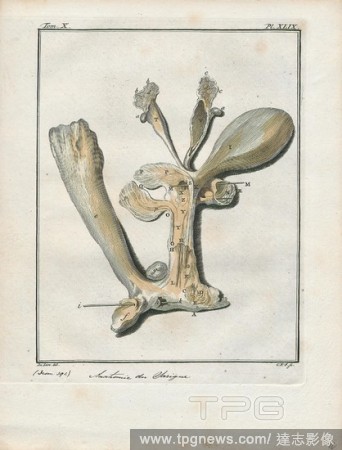
Editorial Didelphis opossum, Print, Didelphis is a genus of New World mammals. The six species in the genus Didelphis, commonly known as large American opossums, are members of the order Didelphimorphia. The genus is composed of cat-sized omnivorous species, whi...
- 2019-11-18
- 1
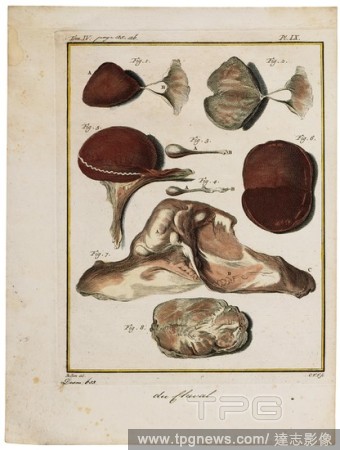
Editorial Equus caballus, Print, The horse (Equus ferus caballus) is one of two extant subspecies of Equus ferus. It is an odd-toed ungulate mammal belonging to the taxonomic family Equidae. The horse has evolved over the past 45 to 55 million years from a small...
- 2019-11-18
- 1

Editorial Dicotyles torquatus, Print, Peccary, collared peccary, or tajacu ( Dicotyles torquatus), is about the size and shape of a small hog, and has a white ring aroung the neck. It ranges from Arkansas to Brazil., intestines.
- 2019-11-18
- 1
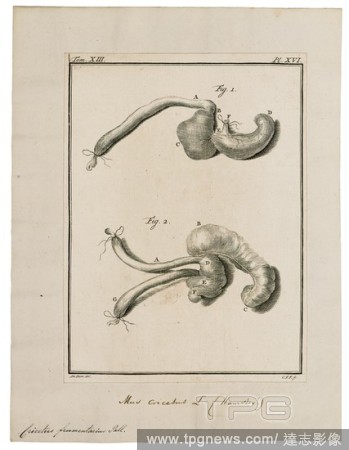
Editorial Cricetus frumentarius, Print, The European hamster (Cricetus cricetus), also known as the Eurasian hamster, black-bellied hamster or common hamster, is the only species of the genus Cricetus.It is native to a large range in Eurasia, extending from Belg...
- 2019-11-18
- 2
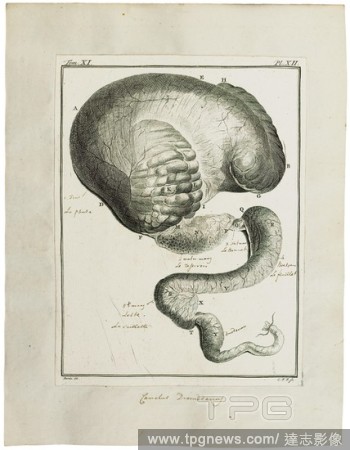
Editorial Camelus dromedarius, Print, The dromedary, also called the Arabian camel (Camelus dromedarius), is a large, even-toed ungulate with one hump on its back. The dromedary is the tallest of the three species of camel; adult males stand 1.8?2 m (5.9?6.6 ft)...
- 2019-11-18
- 1
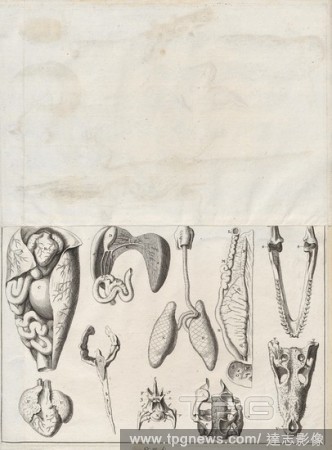
Editorial Crocodilus spec., Print, Crocodylus, Crocodylus is one of three genera from the subfamily Crocodylinae of the family Crocodylidae., intestines and skeleton parts.
- 2019-11-18
- 1
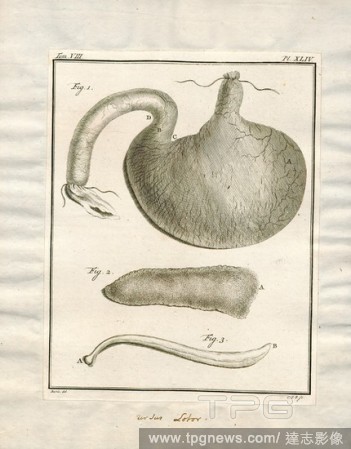
Editorial Procyon lotor, Print, The raccoon, sometimes spelled racoon, also known as the common raccoon, North American raccoon, northern raccoon, or coon, is a medium-sized mammal native to North America. The raccoon is the largest of the procyonid family, havi...
- 2019-11-18
- 1
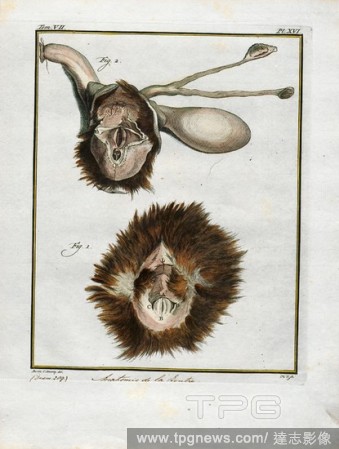
Editorial Lutra vulgaris, Print, Lutra is a genus of otters, one of seven in the subfamily Lutrinae., intestines.
- 2019-11-18
- 1
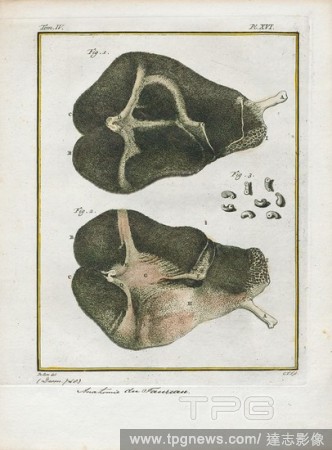
Editorial Bison americanus, Print, Bison are large, even-toed ungulates in the genus Bison within the subfamily Bovinae., intestines.
- 2019-11-18
- 1

Editorial Dicotyles torquatus, Print, Peccary, collared peccary, or tajacu ( Dicotyles torquatus), is about the size and shape of a small hog, and has a white ring aroung the neck. It ranges from Arkansas to Brazil., intestines.
- 2019-11-18
- 2
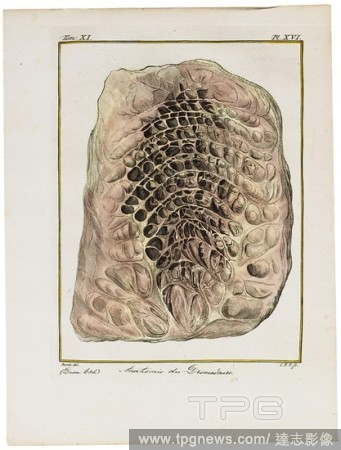
Editorial Camelus dromedarius, Print, The dromedary, also called the Arabian camel (Camelus dromedarius), is a large, even-toed ungulate with one hump on its back. The dromedary is the tallest of the three species of camel; adult males stand 1.8?2 m (5.9?6.6 ft)...
- 2019-11-18
- 1

Editorial Lagomys pusillus, Print, intestines.
- 2019-11-18
- 1
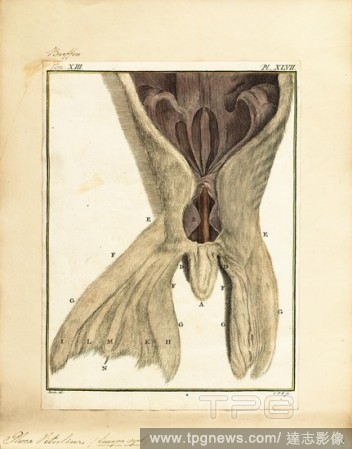
Editorial Phoca vitulina, Print, The harbor (or harbour) seal (Phoca vitulina), also known as the common seal, is a true seal found along temperate and Arctic marine coastlines of the Northern Hemisphere. The most widely distributed species of pinniped (walruses...
- 2019-11-18
- 1
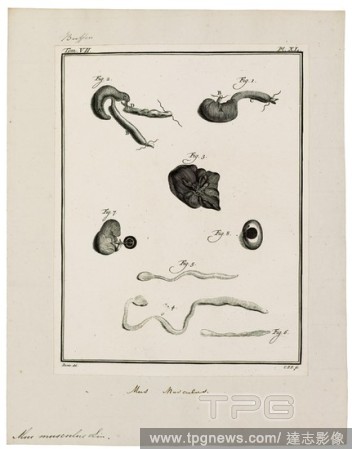
Editorial Mus musculus, Print, The house mouse (Mus musculus) is a small mammal of the order Rodentia, characteristically having a pointed snout, large rounded ears, and a long and hairy tail. It is one of the most abundant species of the genus Mus. Although a w...
- 2019-11-18
- 1
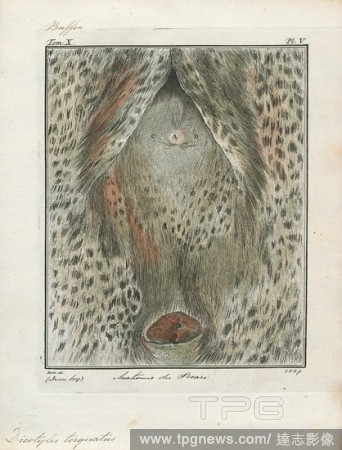
Editorial Dicotyles torquatus, Print, Peccary, collared peccary, or tajacu ( Dicotyles torquatus), is about the size and shape of a small hog, and has a white ring aroung the neck. It ranges from Arkansas to Brazil., intestines.
- 2019-11-18
- 1
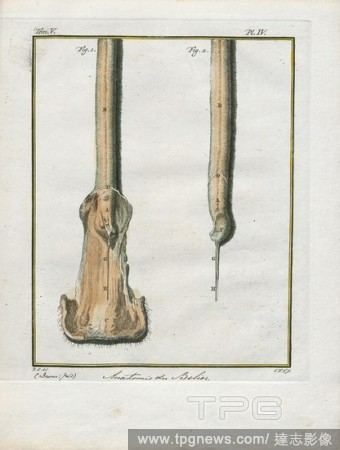
Editorial Ovis aries, Print, Domestic sheep (Ovis aries) are quadrupedal, ruminant mammals typically kept as livestock. Like most ruminants, sheep are members of the order Artiodactyla, the even-toed ungulates. Although the name sheep applies to many species in ...
- 2019-11-18
- 1
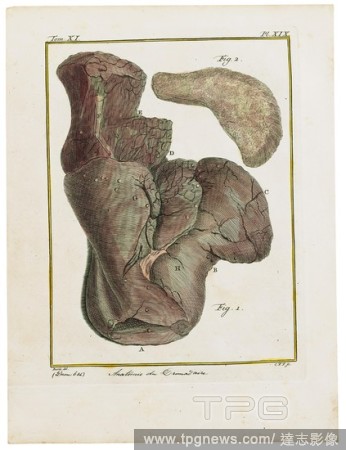
Editorial Camelus dromedarius, Print, The dromedary, also called the Arabian camel (Camelus dromedarius), is a large, even-toed ungulate with one hump on its back. The dromedary is the tallest of the three species of camel; adult males stand 1.8?2 m (5.9?6.6 ft)...
- 2019-11-18
- 1

Editorial Talpa europaea, Print, The European mole (Talpa europaea) is a mammal of the order Eulipotyphla. It is also known as the common mole and the northern mole., intestines.
- 2019-11-18
- 2
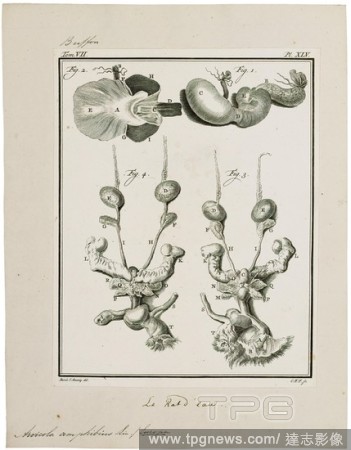
Editorial Arvicola amphibius, Print, The European water vole or northern water vole (Arvicola amphibius, included in synonymy: A. terrestris), is a semi-aquatic rodent. It is often informally called the water rat, though it only superficially resembles a true ra...
- 2019-11-18
- 1
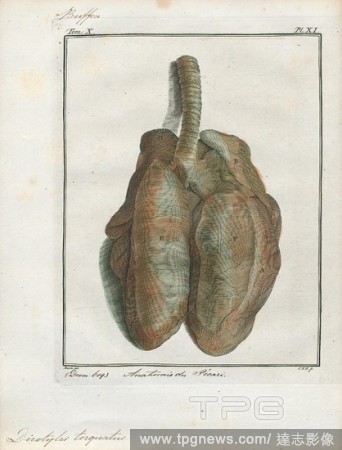
Editorial Dicotyles torquatus, Print, Peccary, collared peccary, or tajacu ( Dicotyles torquatus), is about the size and shape of a small hog, and has a white ring aroung the neck. It ranges from Arkansas to Brazil., intestines.
- 2019-11-18
- 1
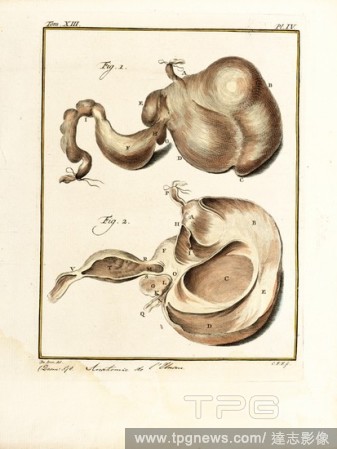
Editorial Bradypus spec., Print, Three toed Sloth unknown, intestines.
- 2019-11-18
- 1
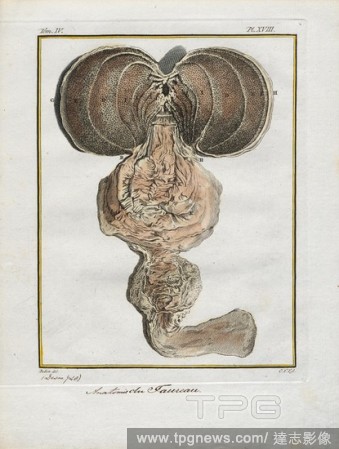
Editorial Bos spec., Print, Bovid (Bos) unknown, intestines.
- 2019-11-18
- 3

Editorial Salamandra maculosa, Print, Salamandra is a genus of six species of salamanders localized in central and southern Europe, Northern Africa, and western Asia., intestines.
- 2019-11-18
- 2

Editorial Testudinidae spec., Print, Tortoises are reptile species of the family Testudinidae of the order Testudines (the turtles). They are particularly distinguished from turtles by being land-dwelling, while many (though not all) turtle species are at least ...
- 2019-11-18
- 2

Editorial Didelphis spec., Print, Opossum (Didelphis) unknown, intestines.
- 2019-11-18
- 1
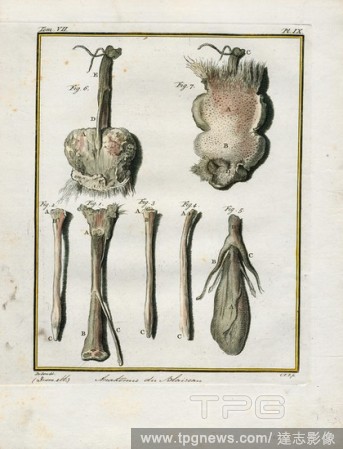
Editorial Meles taxus, Print, intestines.
- 2019-11-18
- 1
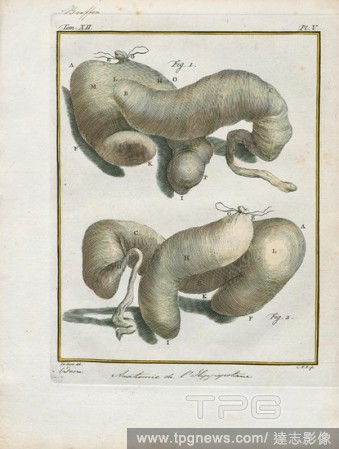
Editorial Hippopotamus amphibius, Print, The common hippopotamus, or hippo, is a large, mostly herbivorous, semiaquatic mammal and ungulate native to sub-Saharan Africa. It is one of only two extant species in the family Hippopotamidae, the other being the pygmy...
- 2019-11-18
- 1
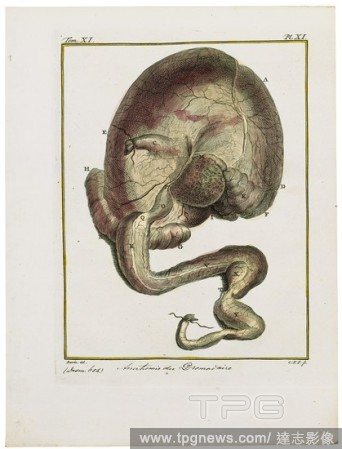
Editorial Camelus dromedarius, Print, The dromedary, also called the Arabian camel (Camelus dromedarius), is a large, even-toed ungulate with one hump on its back. The dromedary is the tallest of the three species of camel; adult males stand 1.8?2 m (5.9?6.6 ft)...
- 2019-11-18
- 1

Editorial Dicotyles torquatus, Print, Peccary, collared peccary, or tajacu ( Dicotyles torquatus), is about the size and shape of a small hog, and has a white ring aroung the neck. It ranges from Arkansas to Brazil., intestines.
- 2019-11-18
- 1

Editorial Homo sapiens, Print, Homo sapiens is the only extant human species. The name is Latin for "wise man" and was introduced in 1758 by Carl Linnaeus (who is himself the lectotype for the species)., intestines child.
- 2019-11-18
- 1

Editorial Lemur macaco, Print, Lemurs (from Latin lemures ? ghosts or spirits) are mammals of the order Primates, divided into 8 families and consisting of 15 genera and around 100 existing species. They are native only to the island of Madagascar. Most existing...
- 2019-11-18
- 1
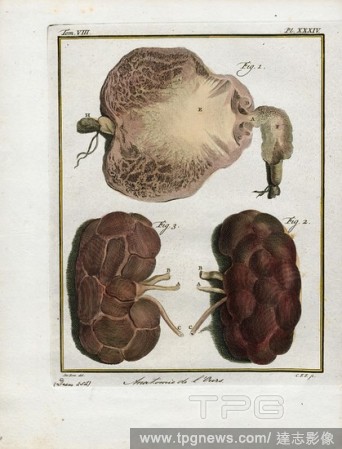
Editorial Ursus arctos, Print, The brown bear (Ursus arctos) is a bear that is found across much of northern Eurasia and North America. In North America, the populations of brown bears are often called grizzly bears. It is one of the largest living terrestrial m...
- 2019-11-18
- 2
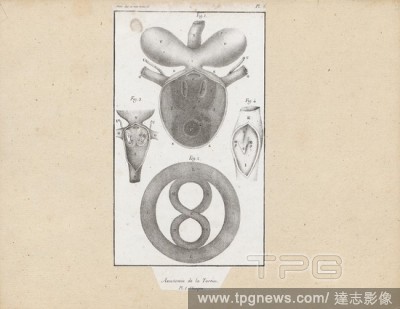
Editorial Testudinidae spec., Print, Tortoises are reptile species of the family Testudinidae of the order Testudines (the turtles). They are particularly distinguished from turtles by being land-dwelling, while many (though not all) turtle species are at least ...
- 2019-11-18
- 1
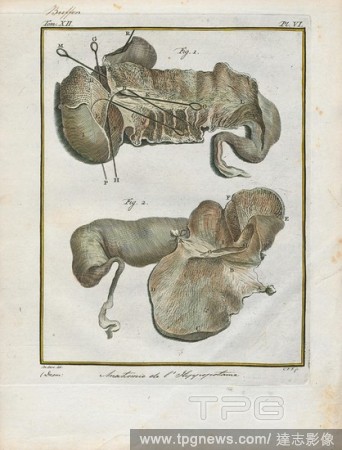
Editorial Hippopotamus amphibius, Print, The common hippopotamus, or hippo, is a large, mostly herbivorous, semiaquatic mammal and ungulate native to sub-Saharan Africa. It is one of only two extant species in the family Hippopotamidae, the other being the pygmy...
- 2019-11-18
- 2
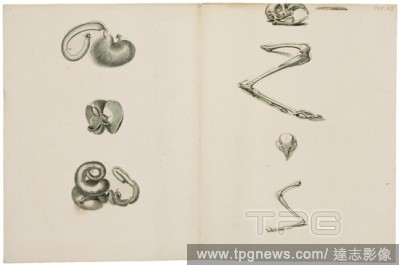
Editorial Dipodina, Print, intestines and skeleton parts.
- 2019-11-18
- 1
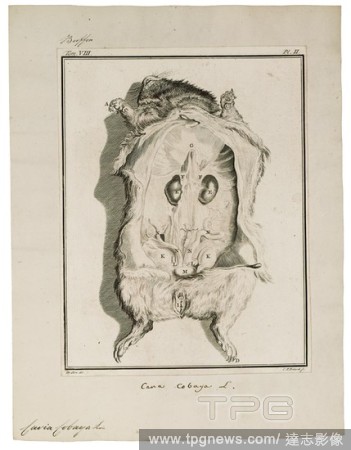
Editorial Cavia cobaya, Print, The guinea pig or domestic guinea pig (Cavia porcellus), also known as cavy or domestic cavy, is a species of rodent belonging to the family Caviidae and the genus Cavia. Despite their common name, guinea pigs are not native to Gui...
- 2019-11-18
- 1
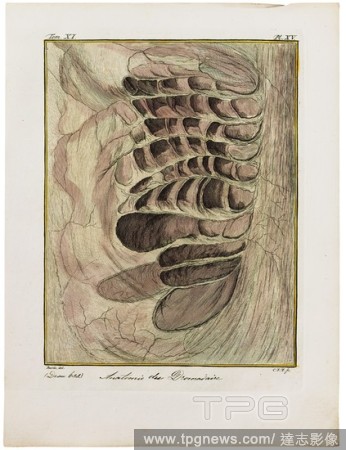
Editorial Camelus dromedarius, Print, The dromedary, also called the Arabian camel (Camelus dromedarius), is a large, even-toed ungulate with one hump on its back. The dromedary is the tallest of the three species of camel; adult males stand 1.8?2 m (5.9?6.6 ft)...
- 2019-11-18
- 1
 Loading
Loading 